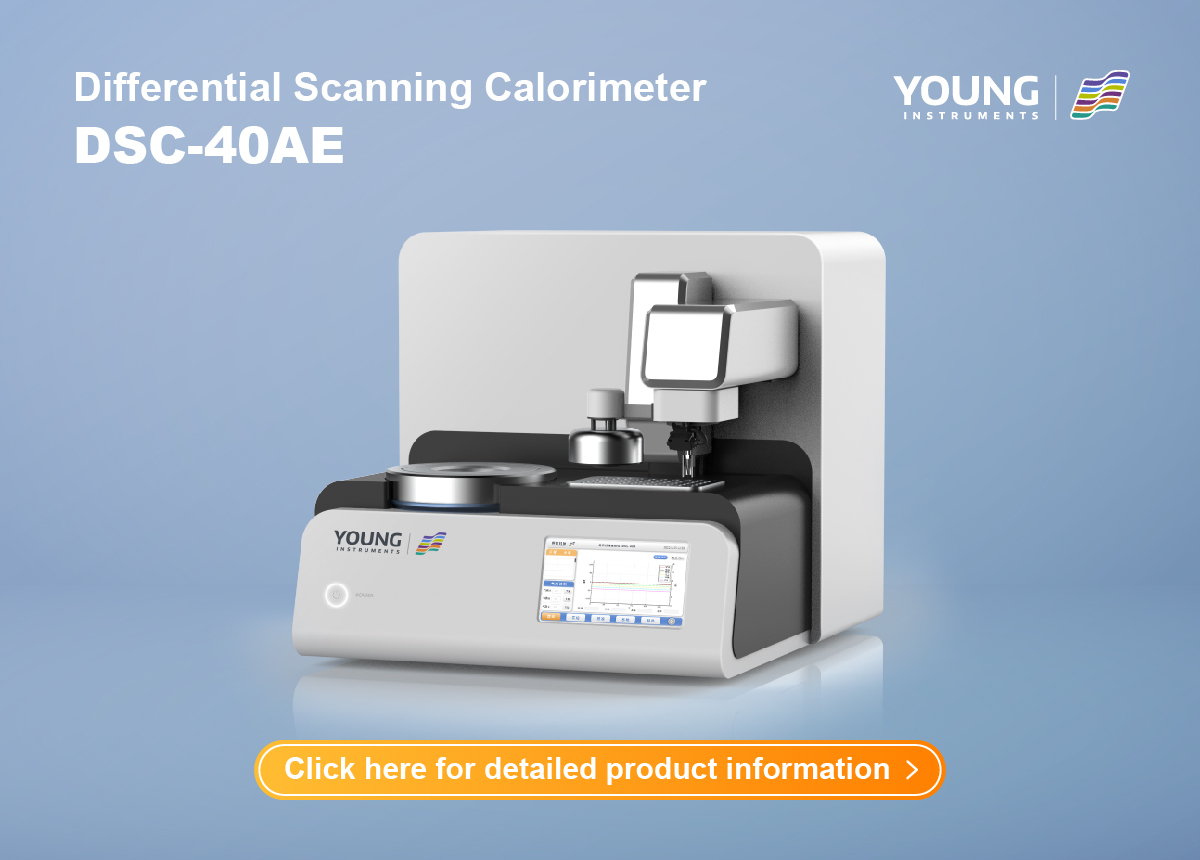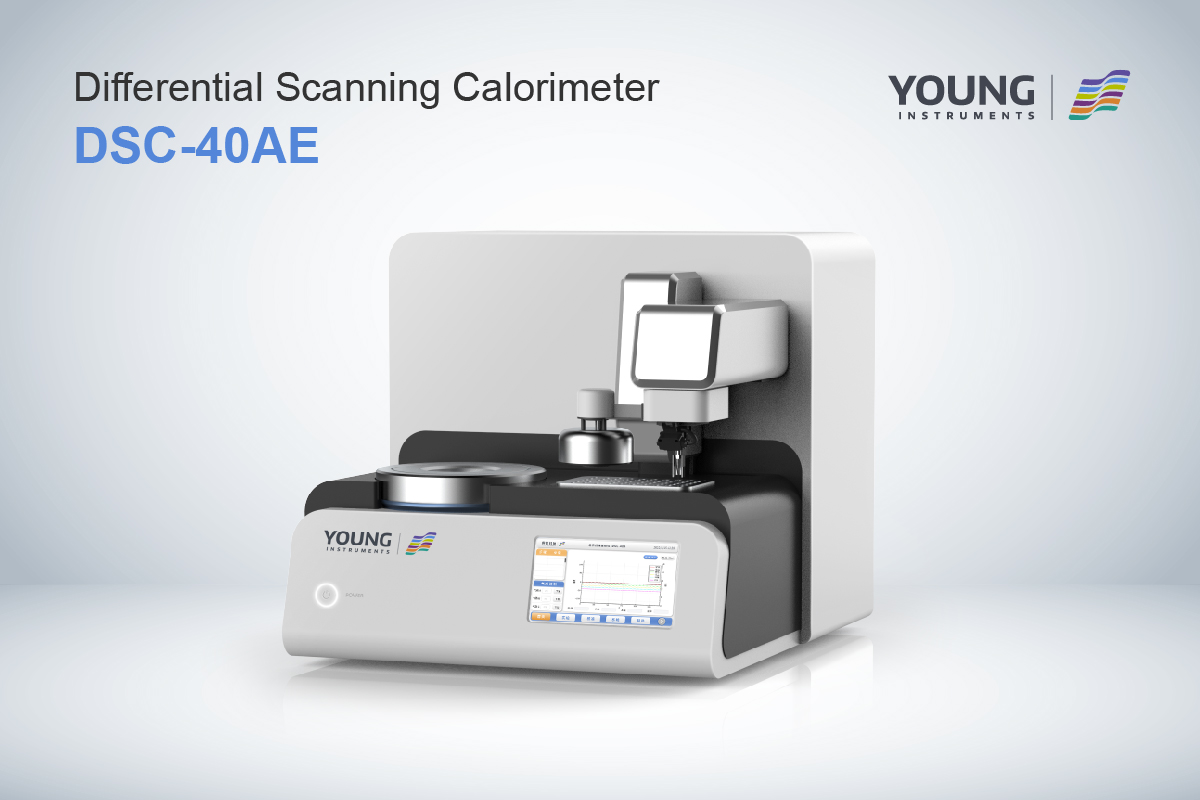DSC Equipment Price: How Much Does It Cost?
If you’re in the market for Differential Scanning Calorimetry (DSC) equipment, you may be wondering about the cost. The price of DSC equipment can vary depending on a number of factors, including the specific model, the manufacturer, and the features included. In this article, we’ll take a look at some of the factors that can impact the cost of DSC equipment, as well as some tips for finding the best price
One of the biggest factors that can impact the cost of DSC equipment is the specific model you choose. Some models may be more expensive than others due to differences in features, capabilities, and overall quality. Additionally, the manufacturer of the equipment can also play a role in the price. Some manufacturers may be more expensive than others due to their reputation, quality, and overall brand recognition. However, it’s important to note that higher price doesn’t necessarily mean better quality, so it’s important to do your research before making a purchase.
When considering the price of DSC equipment, it’s also important to think about the features and capabilities that are most important to you. Some models may come with more advanced features, such as faster heating and cooling times, higher resolution, or more accurate temperature control. While these features may be beneficial for some applications, they may not be necessary for others. By identifying your specific needs and requirements, you can better determine which model will offer the best value for your money.
Overview of DSC Equipment
Differential Scanning Calorimetry (DSC) is a thermal analysis technique used to measure the heat flow of a sample as a function of temperature or time. DSC equipment is used in a variety of fields, including material science, pharmaceuticals, and food science. In this section, we will provide an overview of DSC equipment, including types and common features.
Types of DSC Equipment
There are two main types of DSC equipment: power compensation and heat flux DSC. Power compensation DSC measures the amount of power required to maintain the sample and reference pans at the same temperature. On the other hand, heat flux DSC measures the heat flow between the sample and reference pans.
Power compensation DSC is more commonly used and is suitable for most applications. Heat flux DSC, on the other hand, is more sensitive and can detect smaller thermal events. However, it is also more expensive and requires more expertise to operate.
Common Features
DSC equipment typically includes a sample and reference pan, a furnace, and a temperature controller. The sample and reference pans are made of materials with high thermal conductivity, such as aluminum or platinum. The furnace is used to heat the sample and reference pans to the desired temperature, and the temperature controller maintains the temperature at a constant rate.
Some DSC equipment also includes additional features, such as automatic sample loading and unloading, data acquisition software, and various sensors to measure pressure, gas flow, and humidity. These features can increase the price of the equipment, but they can also improve the accuracy and efficiency of the measurements.
In summary, DSC equipment is an essential tool for thermal analysis in various fields. When selecting DSC equipment, consider the type of DSC, the common features, and your specific application needs to ensure you get the best value for your investment.
Pricing Fundamentals
When it comes to purchasing Differential Scanning Calorimetry (DSC) equipment, there are several factors that influence the prices. Understanding these factors can help you make better informed decisions when purchasing DSC equipment.
Factors Influencing DSC Equipment Prices
-
Brand: Different brands have different pricing strategies, and some may offer more advanced features than others. More established brands may charge a premium for their reputation and quality.
-
Model: The specific model of the DSC equipment can also impact the price. More advanced models with more features and capabilities will generally be more expensive.
-
Features: The features of the DSC equipment can also impact the price. For example, if the equipment has a wider temperature range or higher heating rates, it will generally be more expensive.
-
Accessories: Additional accessories such as software, sample pans, and calibration standards can also impact the overall price of the DSC equipment.
-
Warranty and Support: The quality and length of the warranty and support offered by the manufacturer can also impact the price of the DSC equipment.
Cost Analysis
When considering the cost of DSC equipment, it is important to also consider the long-term costs associated with owning and operating the equipment. Some factors to consider include:
-
Maintenance: Regular maintenance and calibration of the equipment will be necessary to ensure accurate results and prolong the lifespan of the equipment. This can add to the overall cost of ownership.
-
Training: Proper training for the operator of the equipment is necessary to ensure accurate and reliable results. This can also add to the overall cost of ownership.
-
Consumables: Consumables such as sample pans and calibration standards will need to be regularly replaced, adding to the ongoing costs of owning and operating the equipment.
-
Energy Consumption: DSC equipment can consume a significant amount of energy, so it is important to consider the ongoing energy costs associated with operating the equipment.
By considering all of these factors, you can make a more informed decision when purchasing DSC equipment and ensure that you are getting the best value for your investment.
Market Trends
Supply and Demand Dynamics
The demand for DSC equipment has been increasing due to the growing need for automation in various industries. The supply of DSC equipment has also been increasing to meet the demand. According to a report by MarketsandMarkets, the global DSC market size is estimated to grow from USD 6.56 Billion in 2014 to USD 14.6 Billion by 2020, at a CAGR of 13.01% between 2015 and 2020. This growth is attributed to the increasing demand for automation in various industries such as oil and gas, chemical, and power generation.
The supply and demand dynamics have also led to a decrease in the price of DSC equipment. According to a report by IMARC Group, the global distributed control systems (DCS) market size reached US$ 20.1 Billion in 2023. Looking forward, IMARC Group expects the market to reach US$ 31.5 Billion by 2032, exhibiting a growth rate (CAGR) of 5% during 2024-2032. This growth is attributed to the increasing demand for automation in various industries such as oil and gas, chemical, and power generation.
Technological Advancements
The DSC equipment market is witnessing technological advancements that are aimed at improving efficiency and reducing costs. For instance, DSC equipment is now being integrated with artificial intelligence (AI) and machine learning (ML) technologies to provide real-time insights and predictive maintenance. This helps reduce downtime and maintenance costs.
Additionally, DSC equipment is now being designed to be more compact and energy-efficient. This helps reduce the overall cost of ownership and makes it easier to install and maintain the equipment. For instance, some DSC equipment now comes with built-in wireless connectivity, which eliminates the need for additional wiring and reduces installation time and costs.
Overall, the supply and demand dynamics and technological advancements are expected to continue driving the growth of the DSC equipment market while reducing the overall cost of ownership.
Comparative Analysis
By Brand
When it comes to buying DSC equipment, brand is an important factor to consider. Some of the most popular brands in the market include TA Instruments, NETZSCH, and Mettler Toledo. Each brand has its own advantages and disadvantages, and the price can vary significantly depending on the brand.
For example, TA Instruments is known for its high-quality DSC equipment that is suitable for both research and production applications. Their equipment is reliable and accurate, but it can be quite expensive compared to other brands. On the other hand, NETZSCH is known for its cost-effective DSC equipment that is perfect for comparative material characterization and quality control applications. Their equipment is easy to use and maintain, but it may not be as accurate as some of the more expensive brands.
Mettler Toledo is another popular brand that offers a wide range of DSC equipment at different price points. Their equipment is known for its high sensitivity and accuracy, but it can be quite expensive compared to other brands. However, the extra cost may be worth it if you need the best possible results for your research or production applications.
By Functionality
The functionality of DSC equipment can also affect the price. Some of the most common features to consider include temperature range, heating rate, and sample capacity.
For example, DSC equipment with a wider temperature range and faster heating rate will typically be more expensive than equipment with a narrower temperature range and slower heating rate. Similarly, DSC equipment with a larger sample capacity will typically be more expensive than equipment with a smaller sample capacity.
It is important to consider your specific needs when choosing DSC equipment based on functionality. If you only need to analyze small samples at a relatively low temperature range, then you may be able to save money by choosing more basic equipment. However, if you need to analyze larger samples at a wider temperature range with high accuracy, then you may need to invest in more advanced equipment that will be more expensive.
Purchasing Tips
Negotiating for Better Prices
When purchasing DSC equipment, it is important to negotiate for better prices. Research the market prices for the equipment you are interested in and use this information to your advantage during negotiations. Be sure to ask about any discounts that may be available, such as volume discounts or discounts for paying in full upfront.
Another way to negotiate for better prices is to ask for additional services or features to be included in the purchase price. For example, you may be able to negotiate for installation, training, or maintenance services to be included in the price of the equipment.
Long-term Cost Considerations
When purchasing DSC equipment, it is important to consider the long-term costs associated with the equipment. This includes not only the initial purchase price but also the ongoing costs of maintenance, repairs, and upgrades.
To minimize long-term costs, consider purchasing equipment from a reputable manufacturer with a proven track record of producing reliable and durable equipment. Additionally, be sure to invest in regular maintenance and repairs to extend the lifespan of the equipment and prevent costly breakdowns.
Finally, consider the potential for future upgrades or expansion of your DSC equipment. Investing in equipment that can be easily upgraded or expanded can save you money in the long run by allowing you to avoid the cost of purchasing entirely new equipment when your needs change.





































